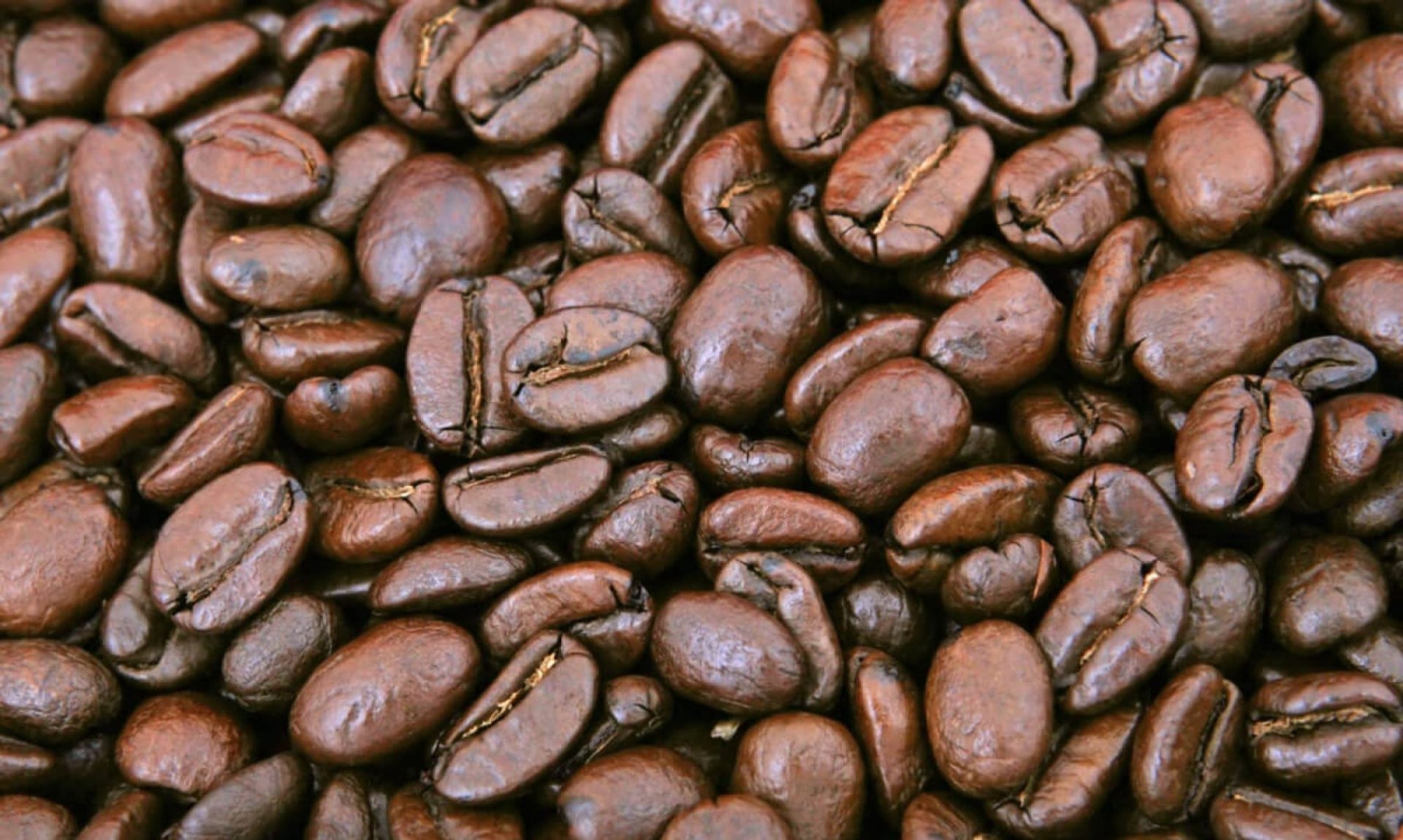Previously I wrote about coffee in movies. But coffee is a popular beverage that is often mentioned also in books. It can serve many different purposes in literature, from adding realism to a scene to symbolizing something deeper.

Here are a few examples of how coffee is used in books:
- “The Coffee Trader” by David Liss: This historical novel is set in 17th-century Amsterdam and follows the story of a Jewish coffee trader named Miguel Lienzo. Coffee plays a central role in the book. It was a relatively new commodity in Europe at the time and was highly prized.
- “The Coffeehouse Mysteries” by Cleo Coyle: This cozy mystery series is set in a New York City coffeehouse. It features amateur sleuth Clare Cosi, who solves crimes while running the coffeehouse. Coffee is a major part of the series, with each book featuring a different coffee-themed recipe.
- “The Great Gatsby” by F. Scott Fitzgerald: In this classic novel, coffee is used as a symbol of the differences between the old money elite and the nouveau riche. The old money crowd drinks tea, while the nouveau riche drink coffee. It was seen as a more vulgar and common beverage at the time.
- “The Unbearable Lightness of Being” by Milan Kundera: In this philosophical novel, coffee is used as a metaphor for the transience of life. The characters are often depicted drinking coffee, which represents the fleeting moments of happiness and pleasure that they experience.
- “The Coffee House” by Joel Gersmann: This novel follows the story of a group of friends who gather regularly at a coffeehouse in New York City. Coffee is a constant presence throughout the book. It is serving as a symbol of the warmth and comfort that the friends find in each other’s company.
- “The Wind-Up Bird Chronicle” by Haruki Murakami: In this surreal novel, the protagonist spends much of his time drinking coffee while contemplating his life and the strange events that are unfolding around him.
- “The Unbearable Lightness of Being” by Milan Kundera: Coffee serves as a recurring motif in this philosophical novel, symbolizing the fleeting nature of pleasure and the transience of life.
- “Coffee Will Make You Black” by April Sinclair: This coming-of-age novel is set in the 1960s and follows a young black girl as she grows up in Chicago. Coffee is a recurring motif throughout the book. It is symbolizing both the protagonist’s growing independence and her increasing awareness of the racial inequalities around her.
- “The Sun Also Rises” by Ernest Hemingway: The characters in this classic novel are often seen drinking coffee, especially during the mornings after their wild nights in Paris.
- “The Hitchhiker’s Guide to the Galaxy” by Douglas Adams: In this comedic science fiction novel, the characters rely on a substance called “Pan Galactic Gargle Blaster,” which contains coffee and is said to be the “best drink in existence.”
These are just a few examples of books where drinking coffee is important. In many cases, coffee serves as a symbol of comfort, routine, and community. In others it is a key part of the setting or plot. You may also be interested about article about coffee in movies.

3 Replies to “Coffee in books”